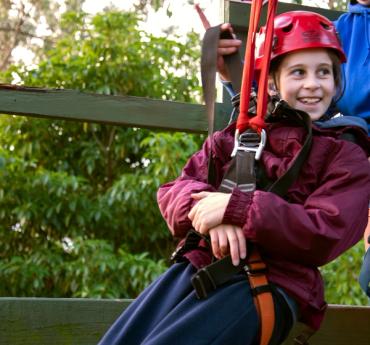Cochlear Implant Access in Six Developed Countries
Newborn hearing screening and the system of healthcare reimbursement contributes to Australia's high number of cochlear implant usage.

What was this paper about?
This paper details the access to Cochlear implants in six developed countries as reported and discussed by Cochlear clinicians and researchers from each country.
What were the key findings?
- Australia had the highest proportion of severely to profoundly deaf children receiving cochlear implants out of the six countries included in this study. An estimated 98% of candidate children from birth to two years of age receiving cochlear implants in 2013.
- The other countries studied were Austria, Germany, Sweden, the United Kingdom and the United States, which sits at the other end of the scale, with approximately 50% of children who could benefit from a cochlear implant receiving it.
"98% of children who were candidates received cochlear implants in 2013."
- Australia’s high rate of cochlear implant utilisation in young children is a result of universal newborn hearing screening and the system of healthcare reimbursement and followed up with comprehensive information from parent advisors.
- Rates of utilisation of cochlear implant for children three years and older were much lower, at 18%, and for and adults they were lower still, due to the referral pathways being less effective and lack of public funding for hospitals.
- Paediatric access to care was excellent for children with the exception of Germany and the United States where there is an inadequate referral system.
- Adult utilization was low everywhere because of the lack of screening for adults and the fact that primary care physicians and even audiologists are unfamiliar with CI candidate criteria and outcomes, and hence typically do not make patient referrals.
Where can I read more?
Cochlear Implant Access in Six Developed Countries.
Printable 88 KB PDF



